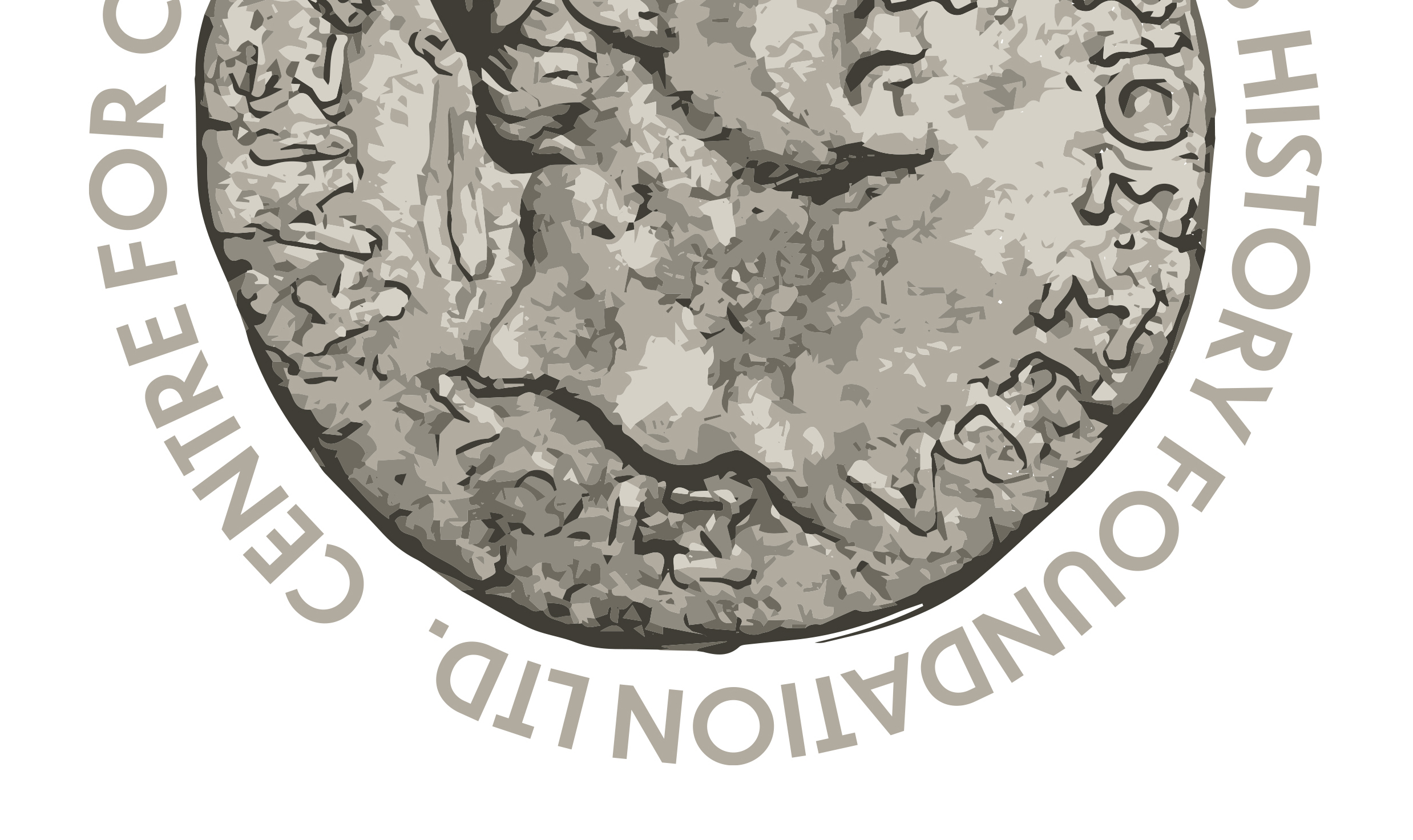The Centre for Coins, Culture and Religious History has several curated sets of historical material that are available for loan to schools, faith communities and community groups. Exhibition sets that are currently available include the following, and more sets will be created over time.
Download the catalog of available exhibitions as a PDF.
For more information please visit the CCCRH website or contact Dr Lewis at pelew3@gmail.com
- The aim of these traveling exhibitions is to stimulate interest in the role of religion in world history.
- Each exhibition consists of a number of items such as coins, Bible manuscripts and maps. A PowerPoint presentation explains each exhibition.
- CCCRH researcher, Dr Peter Lewis, sets up the display in consultation with college staff. It can be supervised by RE teachers, chaplains and librarians, and suitable sites include the college library. Usually, an exhibition is at a college for a week. Dr Lewis can show the PowerPoint presentation to staff after setting up the display. He can also make prior visits.
- Questionnaires for students to complete are available. Possible student projects include inviting each student to “adopt” an item. They would have to learn about it and explain it to other students or write a one-page essay. The prize could be an ancient coin.
